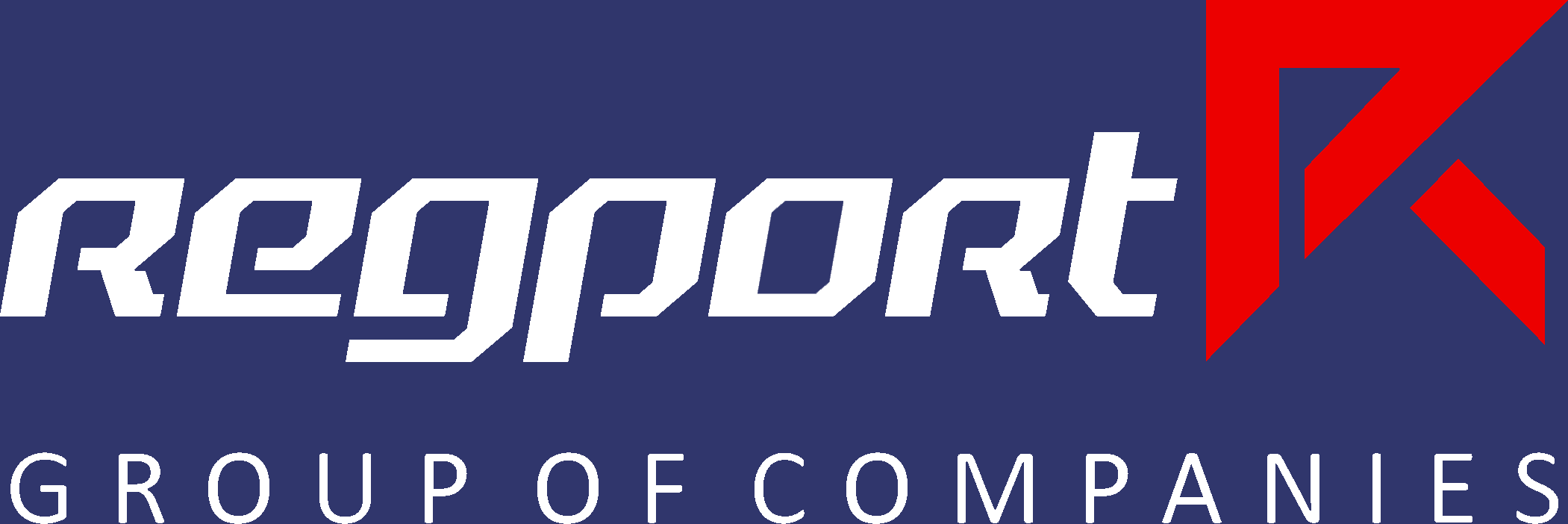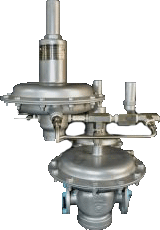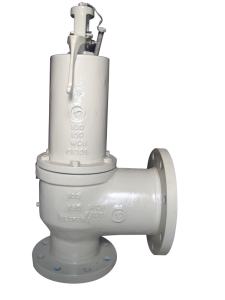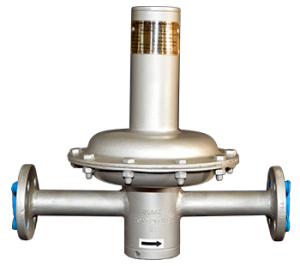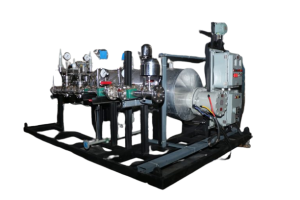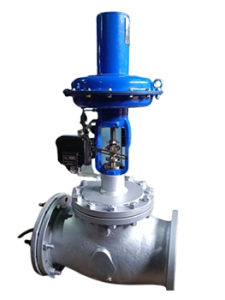Introduction
Pressure relief valves are critical components in many industrial and residential systems, providing essential safety functions by preventing excessive pressure buildup. Regular maintenance of these valves ensures they operate efficiently, preventing costly downtime and potential hazards. As a leading manufacturer of pressure relief valves, Regport Technologies understands the importance of maintaining these vital components. This article explores the importance of regular maintenance for pressure relief valves, detailing the various types, common issues, and best practices for upkeep.
Understanding Pressure Relief Valves
Pressure relief valves are essential in ensuring the safety and efficiency of various systems. These valves are designed to control or limit the pressure in a system by allowing excess pressure to escape, thereby preventing potential system failures or catastrophic accidents. Industries such as oil and gas, chemical manufacturing, and power generation rely heavily on these valves, making their maintenance paramount to operational safety and efficiency.
What Are Pressure Relief Valves?
Pressure relief valves are devices designed to release pressure from a system when it exceeds a predetermined level, ensuring the safety and integrity of the system. There are several types of pressure relief valves, including spring-loaded, pilot-operated, and balanced bellows valves, each suited to different applications and pressure ranges.
Types of Pressure Relief Valves
- Spring-Loaded Pressure Relief Valves: Utilize a spring mechanism to open the valve at a set pressure.
- Pilot-Operated Pressure Relief Valves: Use a pilot valve to control the main relief valve, allowing for precise pressure control.
- Balanced Bellows Pressure Relief Valves: Compensate for back pressure using a bellows system, ensuring consistent operation.
Components of Pressure Relief Valves
Understanding the components of pressure relief valves is vital for effective maintenance.
- Inlet and Outlet: Points where fluid enters and exits the valve, must be kept clear of blockages.
- Spring or Pilot Mechanism: Controls the opening and closing of the valve, requires regular inspection.
- Disc and Seat: The disc seals against the seat to prevent flow when the valve is closed, must be checked regularly for wear.
The Role of Pressure Relief Valves in Industrial Safety
The primary function of a pressure relief valve is to protect pressure vessels and other equipment from exceeding their design limits. When the pressure within a system exceeds a pre-determined limit, the valve opens, allowing the excess pressure to be released. This mechanism prevents equipment damage, product loss, and, most importantly, protects personnel from harm.
Why Regular Maintenance is Crucial
Safety Concerns
Regular maintenance of pressure relief valves is essential for ensuring safety. Valves that fail to operate correctly can lead to dangerous overpressure conditions, resulting in equipment damage, explosions, or leaks.
Efficiency and Cost-Effectiveness
Properly maintained valves operate more efficiently, reducing energy consumption and operational costs. Preventive maintenance helps avoid costly emergency repairs and system downtime.
Compliance with Regulations
Various industrial standards and regulations mandate regular testing and maintenance of pressure relief valves to ensure safety. Non-compliance can result in legal penalties and increased insurance costs.
Preventing Costly Downtime
Unscheduled shutdowns due to valve failure can be extremely costly. Regular maintenance helps in identifying potential issues before they lead to significant operational disruptions.
Extending Equipment Life
Well-maintained pressure relief valves contribute to the overall longevity of the industrial system, reducing the need for frequent replacements and thereby saving costs.
Signs Your Pressure Relief Valve Needs Maintenance
- Unusual Noises: Sounds like whistling or banging can indicate issues within the valve.
- Leakage: Visible leaks suggest seals may be worn or damaged.
- Pressure Fluctuations: Inconsistent pressure readings signal that the valve needs attention.
Common Issues with Pressure Relief Valves
- Blockages: Debris and buildup can block the valve, preventing it from opening or closing properly.
- Corrosion: Exposure to harsh environments can cause corrosion, weakening the valve components.
- Mechanical Wear and Tear: Over time, moving parts can wear out, affecting the valve’s performance.
Steps for Regular Maintenance
- Regular Inspection
Visual inspections should be conducted regularly to identify any signs of wear, corrosion, or damage. This includes checking for leaks, ensuring that the valves are clean, and verifying that there are no obstructions in the discharge path.
- Testing and Calibration
Pressure relief valves must be tested periodically to ensure they operate at the correct set pressure. This involves:
- Bench Testing: Valves are removed from the system and tested in a controlled environment to ensure accuracy.
- In-Situ Testing: Testing the valves while they are still in operation to verify their performance under actual working conditions.
- Calibration: Adjusting the set pressure and ensuring that the valve opens and closes at the desired pressure levels.
- Cleaning and Lubrication
Over time, valves can accumulate debris and residues, which can impede their operation. Regular cleaning is essential to remove these obstructions. Additionally, lubrication of moving parts is necessary to ensure smooth operation and prevent wear.
- Replacement of Worn Parts
Identifying and replacing worn or damaged parts is crucial. This includes seals, springs, and seats, which can deteriorate over time and affect the valve’s performance.
- Documentation and Record Keeping
Maintaining detailed records of all inspections, tests, and maintenance activities is vital for tracking the performance and history of each valve. This documentation helps in planning future maintenance and ensuring compliance with regulatory requirements.
Challenges in Pressure Relief Valve Maintenance
While regular maintenance is essential, it comes with its own set of challenges:
- Accessibility: Pressure relief valves are often located in hard-to-reach areas, making inspection and maintenance difficult.
- Downtime: Taking valves out of service for maintenance can lead to operational downtime, which can be costly for businesses.
- Expertise Required: Proper maintenance requires skilled technicians who are knowledgeable about the specific types of valves and the systems they protect.
Best Practices for Effective Maintenance
To overcome these challenges and ensure effective maintenance, industries should adopt the following best practices:
- Establish a Maintenance Schedule
Develop a comprehensive maintenance schedule that includes regular inspections, testing, and servicing. This schedule should be based on the manufacturer’s recommendations, industry standards, and the specific operating conditions of the system.
- Train Personnel
Ensure that maintenance personnel are adequately trained in the operation, testing, and maintenance of pressure relief valves. Regular training updates are essential to keep up with technological advancements and regulatory changes.
- Use Quality Replacement Parts
Always use high-quality, manufacturer-approved replacement parts. Substandard parts can compromise the safety and efficiency of the valves.
- Implement Predictive Maintenance
Leverage modern technologies such as predictive maintenance tools that use data and analytics to predict potential failures before they occur. This proactive approach can significantly reduce downtime and maintenance costs.
Conclusion
Regular maintenance of pressure relief valves is not just a regulatory requirement; it is a critical component of ensuring the safety and efficiency of industrial operations. By adhering to a rigorous maintenance schedule, training personnel, and leveraging modern technologies, industries can ensure that their pressure relief valves perform optimally, safeguarding both equipment and personnel. At Regport Technologies, we are dedicated to providing high-quality pressure relief valves and supporting our clients with comprehensive maintenance solutions.
